THE potted tomatoes they are generally cultivated by those who do not have land available but do not want to give up make your own home garden. Among all vegetables, tomatoes are the most loved and consumed by Italians, so growing them in pots is a real passion. Moreover, make a vegetable garden on the balcony it is a valid alternative for those who want to eat organic, healthy and tasty vegetables, grown without the use of harmful chemical pesticides. To have good satisfaction when growing in pots, however, some important precautions must be followed. Select the tomato varieties most suitable for this type of cultivation, for example. Or choose the best location, containers and substrate. These are all technical aspects that can make a difference. In this article we discover, therefore, everything there is to know for growing tomato plants in pots healthy and luxuriant.
The tomato varieties and the jar
As counterintuitive as it may seem, growing tomatoes in pots is more difficult than outdoors. The tomato is a plant that needs a lot of earth, space, light, nutritional elements. In an open field these conditions easily occur naturally. In a pot cultivation, however, you have to try to recreate them. The choice of variety should therefore not be underestimated. Do not all existing tomato varietiesin fact, they lend themselves to pots, so in these cases it is good to prefer varieties with indeterminate growth. In this way, with few plants we can satisfy the needs of the family.
Varieties of pot tomatoes
In our opinion, the most suitable are all those that make cherry tomatoes, such as cherry, datterino, piccadilly, piennolo ei black cherry tomatoes. These are rustic varieties, more resistant to pests and adversities. They are able to adapt to anomalous conditions and, moreover, they are very productive and versatile in terms of culinary uses. Cherry tomatoes are good both to be eaten in salads and to make tasty preserves.
Unsuitable varieties
The classic salad tomatoes, for example, like heart of ox, smooth round, pink Belmonte, are not suitable, as they are too delicate for this type of “anomalous” cultivation. Nonetheless, sauce tomatoes, such as San Marzano, are to be avoided in pot cultivation. This is because, in order to have an acceptable yield, they would have to be grown in large numbers.
The best time to plant tomatoes in pots
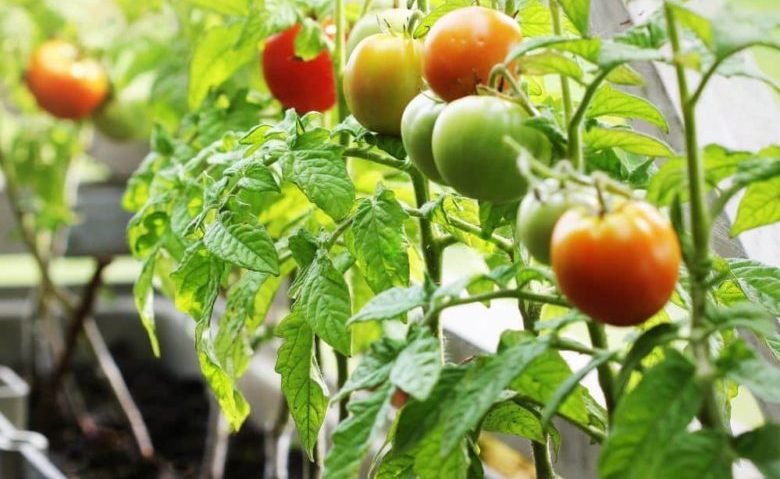
The ideal season to start with potted tomatoes is spring, which is the period from March 21st to June 21st. In the central-southern regions it is possible to try to exploit the first part of this period, perhaps by transplanting into pots already in early April. In the center-north it is better to wait for the climate to be more stable and for the much feared return of cold to be averted. Potted cultivation of tomatoes in this case gives us a small advantage. In extreme cases, in fact, such as one strong hail, protect plants it’s easier. Just move them temporarily to a covered place or protect them with emergency sheets.
The right exposure of the potted tomato plant
The ideal condition for potted tomatoes is a south-east / south-west exposure. This allows you to have the necessary lighting for regular plant growth. This means that the plants will have a large stem, little space between a “stage” of flowers and the other and a correct ripening of the fruits. The exposure in the shade, which is usually that to the north (but which can also be due to other factors, for example if our balcony is in the middle of other buildings), causes a more stunted growth of plants. In such cases, we will be able to observe thinner and “yarn” stems. This is due to the fact that the plant tends to go excessively upwards in search of light. But this does not mean that on our balcony we should give up planting tomatoes in pots, simply, we should not expect great results in terms of production.
Choosing the right pot for tomatoes
When we talk about tomatoes in pots we refer generally to a container for growth. In fact, choosing the right container makes all the difference in growing success. And the options available are many. To choose wisely, it is necessary to evaluate the space in square meters available. Each balcony, terrace or courtyard has its own characteristics, which determine the final choice. The important thing is to choose a container that is proportionate to the number of plants we want to grow.
Examples of pots suitable for tomatoes
Suppose we have little space available, that of a small city balcony. Consider that a well-grown tomato plant needs about half a square meter of space. So let’s say we can only grow one plant. At this point we should buy a vase of at least 40 cm in diameter and 30/40 in depth. Tomatoes need to be able to expand their root system to grow well in vegetative form. Thus, not only wide, but also deep vessels are needed. If, on the other hand, we have a lot of space available, for example a courtyard, we can even opt for wooden boxes of several square meters, able, therefore, to accommodate many plants. Regarding the choice of material there is really spoiled for choice, here you can choose the vases you prefer, from hard plastic, to wood, to polyethylene. The only advice is to choose the solution that best suits your spaces.
The soil for the tomato pots
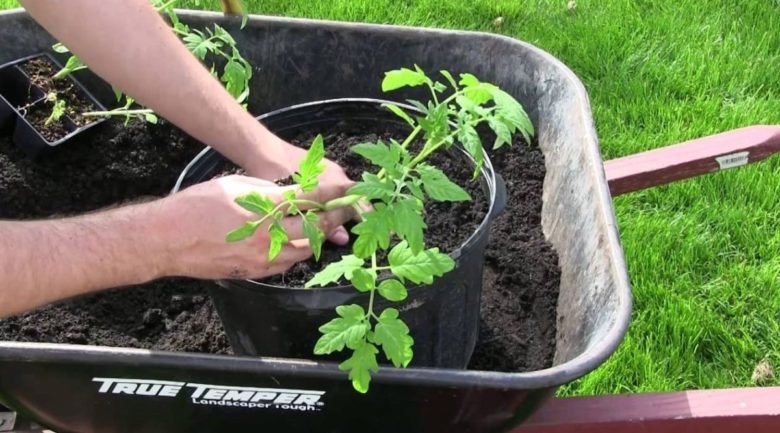
For potted tomatoes it is necessary to have a good mix of soil and organic fertilizer.
The cultivation substrate is necessarily artificial, so it must be prepared in the best possible way. The soil must be of excellent quality (here we recommend some). We advise against a soil at a bargain price, perhaps found in supermarkets. You would risk buying an inappropriate product and compromising the plants. A good soil is the basis of everything, it allows the roots to take root well and make the seedlings grow luxuriantly in the first, very delicate, phases.
Fertilization for tomatoes in pots
However, the soil alone is not enough to guarantee all the nutritional elements necessary for plants. It must be supplemented with a good organic fertilizer. The ideal is to do the home composting. In this way, we transform our organic waste into excellent compost, which is free of charge. A perfect organic fertilizer, capable of guaranteeing sufficient “nourishment” for our tomatoes in pots. The best alternative, if you cannot compost, isearthworm humus, which is an excellent organic fertilizer. A valid and relatively inexpensive one found here.
How to mix soil and fertilizer
With soil and fertilizer we can make our own mix dedicated to tomatoes. The proportion is: 85% soil – 15% fertilizer. By doing so, we will not need to subsequently integrate the fertilization of tomatoes in pots.
How to ensure potted drainage
Tomatoes suffer particularly from water stagnation, so it is essential, when we prepare the pots, to ensure good drainage. When we grow potted plants it is advisable to place on the bottom of theexpanded clay (like this one). In this way, excess water is readily absorbed.
The transplant distance of tomatoes in pots
We have already mentioned the importance of giving the right space to our tomatoes in pots. Planting tomatoes it may seem simple, but it requires important precautions. If we are using large pots, in which we can insert more plants, the advice is to keep a distance of at least 40 cm between one plant and the other. At most, in a 1 m long pot we can arrange three plants, but in our opinion two would be better.
Associations with tomatoes
Potted tomatoes grow very tall. To take advantage of the space that still remains on the surface of the container, a consociation can be made. In the case of the tomato, the classic one is with the basil. These are two plants that do not bother each other and that, on the contrary, protect each other. And by the way, they are eaten together in tasty salads, so it’s a perfect match. In practice, between one tomato plant and another one of basil is placed and that’s it.
Another type of intercropping is with plants that attract bees and other pollinating insects. To properly attach its fruits it is important that the beneficial insects visit the tomato plants. Doing so ensures correct pollination. In this case the association is not done in the same vase, but more than anything else in the same place. For example, potted plants of lavender, thyme, marigold, savory.
How to care for tomatoes in pots
Potted tomatoes need a regular watering regime. While plants grown in the open field compensate for water shortages by expanding the root system, those in pots need to be watered with care. In very hot periods, the administration of water is almost daily. The rule applies: better little and often, than a lot and occasionally. Other precautions for water the tomatoes in pots are: never wet the leaves; do not use too cold water, but let it stand at room temperature; give water in the cool hours of the day. Usually potted water is given with the common watering cans (like these)however, there may be a need to set up an automatic irrigation system. This is especially true in the summer, when you are away from home for the holidays. In this regard, we advise you to read the in-depth study on how to water your plants when you go on vacation.
Mulching in pots
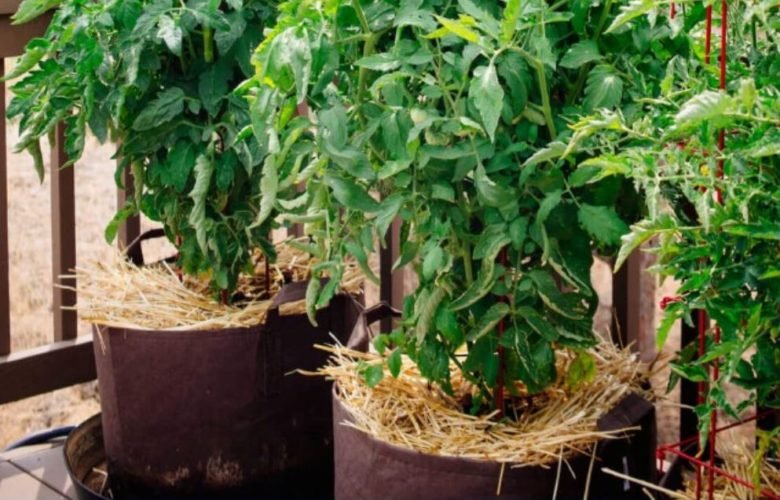
The mulching technique is mainly used to control the presence of weeds. This problem is less felt for tomatoes in pots, as they are grown on “virgin” soil, which is unlikely to suffer from the presence of weeds. The mulching, which must necessarily be natural, in these cases has the main purpose of keeping the soil more humid, so as to limit the water needs of the plant. A little bit of dry strawplaced around the collar of the plant, will surely bring benefits.
The supports
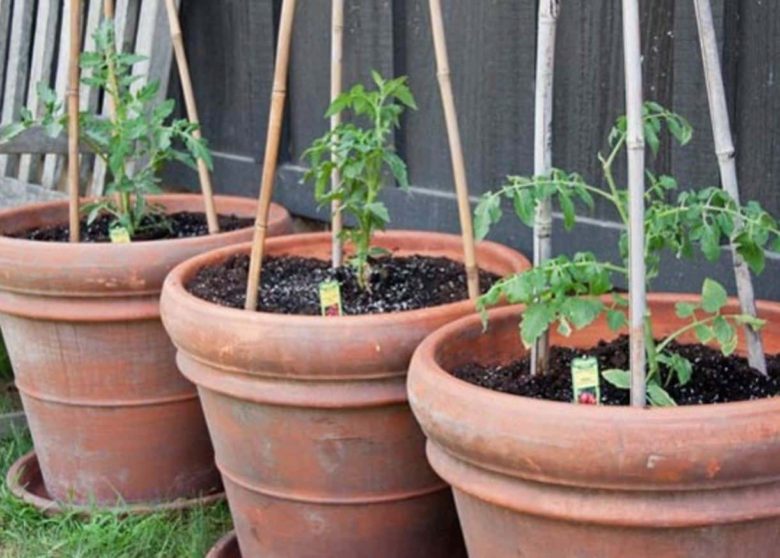
Tomato plants grown in pots also need adequate support to grow strong and upright. In pots, the best solution to support plants is the one offered by special plants bamboo canes (like these). It is in fact an ecological, flexible and resistant material.
Next to each plant it will be sufficient to place a bamboo cane next to it, on which the plant itself will be progressively tied.
If there are several plants in the same pot, this system can be strengthened by adding reeds horizontally. These will be hooked to those placed vertically. The alternative for the single pot is to put a special metal net where the plant can lean sideways during growth.
Pruning
To grow tomato plants in pots in a harmonious way, it is necessary to practice periodic pruning interventions (or more correctly removing seedlings). This practice consists in removing the axillary shoots, to grow the plant on a single trunk. However, if we are growing the strains recommended above, the defeminellatura of the tomatoes it is carried out mainly in the lower part of the plant. This allows you to make an initial setting. As the plant grows, the interventions of checkering are limited, so as to be able to have more secondary shoots, which will give us more fruit.
Diseases and pests of tomatoes in pots
Potted tomatoes are theoretically susceptible to the same pest and disease attacks as plants grown in the open field. We say in theory how much depends on the environment in which the plants are found.
In an urban context it is more difficult for example to have problems with butterflies or bedbugs.
But this is not absolutely true. Here are two distinct lists to refer to in order to investigate any problems relating to our tomatoes grown in pots.

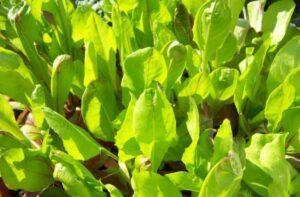
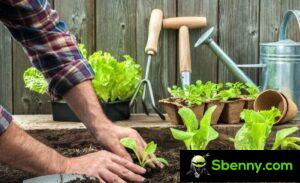
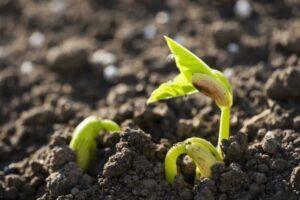
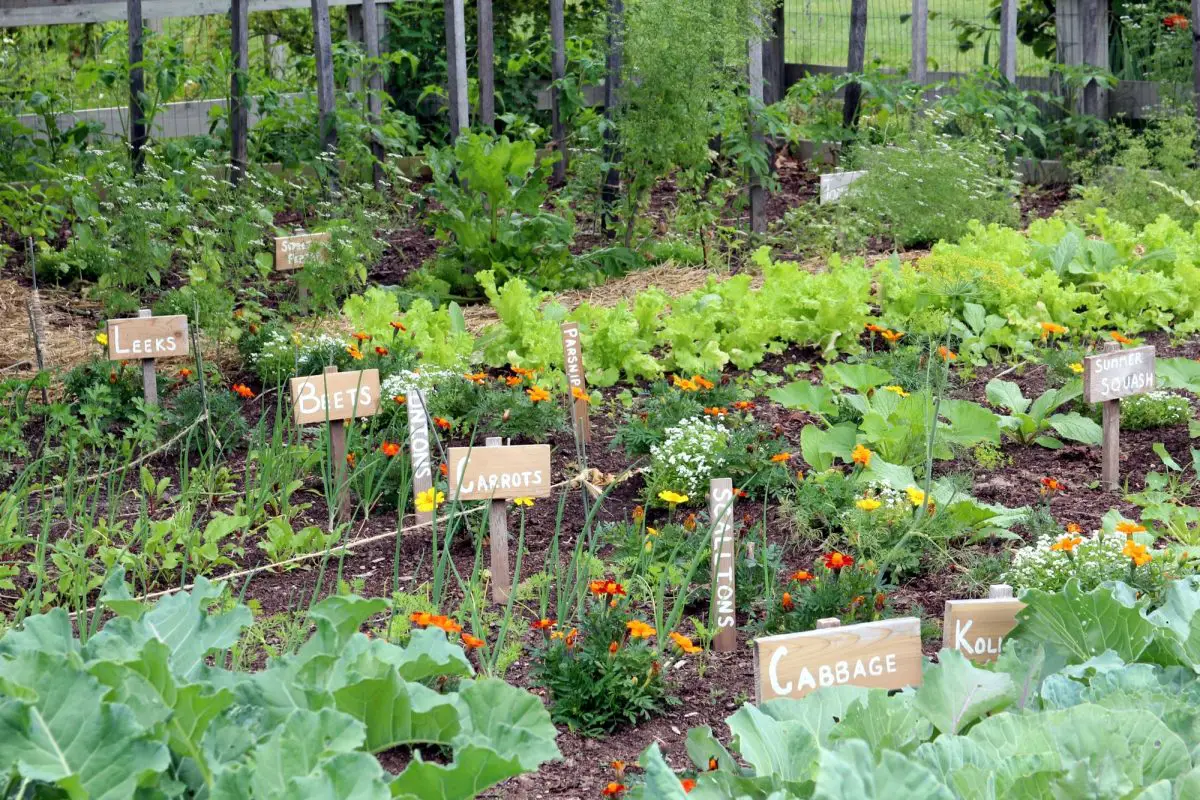
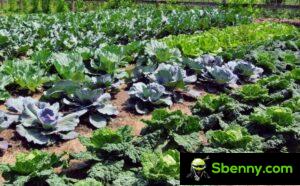
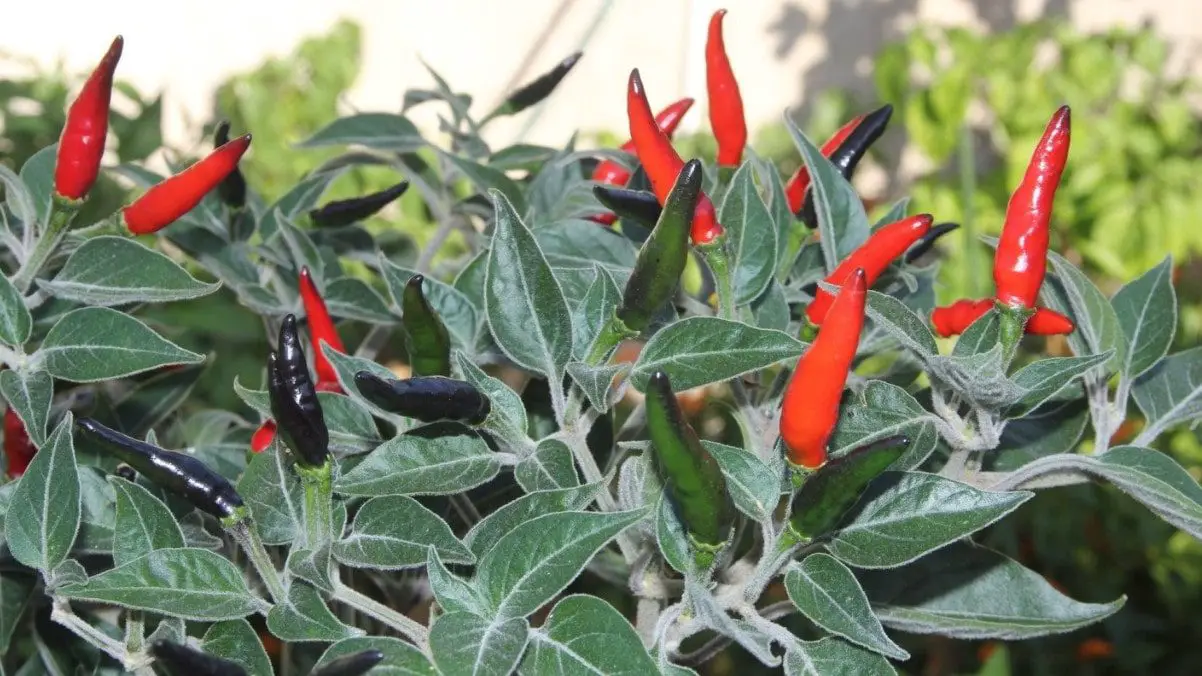
Start a new Thread